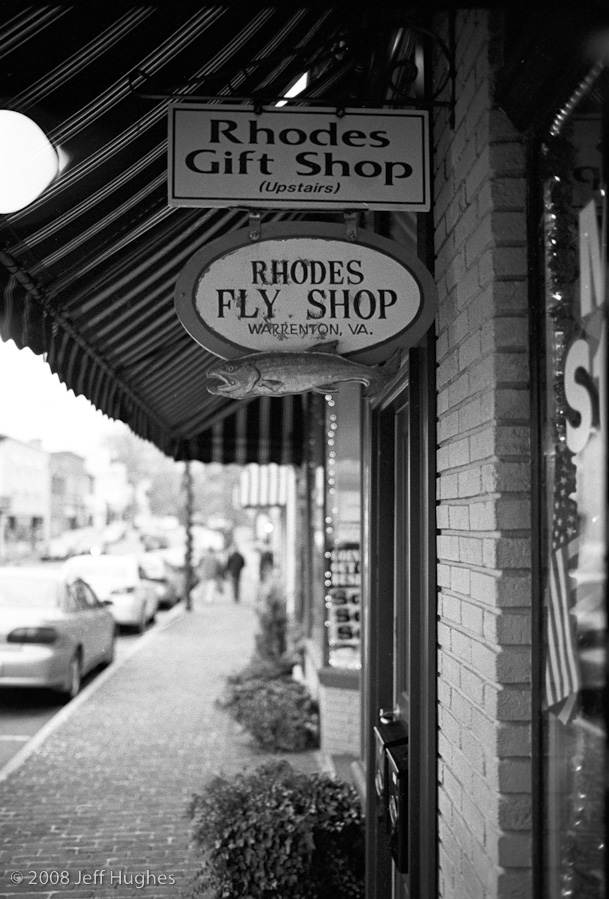
Film Developing in a Digital Age
(or... Experiments with HC-110)
As I mentioned towards the end of Black and White Film Developing, in late 2008 I made a return to film after a 2-year hiatus. That doesn't represent any great change in photographic philosophy. It's simply a return to a medium I enjoyed for many decades. I still expect digital photography to constitute the significant majority of my time. But there's no reason not to enjoy both. The challenge is how to make that happen.
Reviewing my film development process (see the link above), I began casting about for ways to make it simpler and quicker. The first thought that came to mind was... is there a way to reduce the amount of chemical mixing I have to do? And that led me to revisit my developer of choice.
I have always loved Xtol. It is arguably the finest general-purpose film developer ever to emerge, and the last great analog breakthrough from Kodak's R&D labs - the last hurrah from a time when Kodak spent enormous sums in the exploration of chemistry and brought to bear extraordinary scientific expertise. Those chemical labs are now shut down for the most part. We're not likely to ever again see their like.
But as great as Xtol is, the notion of going through the effort to mix up an entire batch, which then would likely be used only on the occasional roll of film throughout the year - didn't seem very appealing. So I began looking for an alternative developer. My requirements were:
After looking at a handful of choices, HC-110 seemed to stand out. So I picked up a bottle.
The first thing that strikes you when you look at HC-110 versus most other developers is the overabundance of development concentrations. Kodak lists six different dilution variations (listed simply as 'A' through 'F'); further complicated by proportions for working from concentrate, stock, or working solutions. There's also the unofficial but widely-recognized "Dilution H", a doubling of the amount of water of "Dilution B".
The other thing that strikes you about HC-110 is the generally short development intervals using most of Kodak's combinations. Anything under five minutes or so gets increasingly difficult to control. The risk of inconsistent results goes up substantially. It was this challenge, in fact, that was the raison d'etre for Dilution H - by halving the amount of developer and doubling the time, one got back into longish development intervals which were easy to control.
As to the minimum amount of developer one ought to use, I ran into conflicting references. Some sources advised 6 ml for a single roll of film; others 3 ml.
A further complication came by what appeared to be incorrect times listed for new Tri-X (400TX) in Kodak's official HC-110 Data Sheet (publication "J-24" on Kodak's website). They list new Tri-X at 3 3/4 minutes at 68 degrees (20 degrees celsius), using Dilution B; versus 7 1/2 minutes using the old Tri-X. There is no way that can be right - when they reformulated Tri-X a few years ago development times between the new and old versions remained very close. I suspect they inadvertently mixed up dilution A and B when coming up with their data sheet information.
Ultimately, I decided to use Dilution B, but with times much closer to what is recommended for Dilution A. I mixed up 250 ml of solution (7.81 ml concentrate / 242.19 ml of water) and developed for 6 1/2 minutes at 68 degrees.
As I mentioned in the Black and White Film Developing link, I also dispensed with the acid stop bath I have been using for years; moving instead to a water stop bath. This has the mild disadvantage of not stopping development quite as quickly as an acid bath, but brings the mild advantages of modestly enhancing adjacency effects (for slightly improved sharpness) and eliminating the issues which can sometimes result from widely divergent pH solutions.
While, one roll does not a solution make - I'll continue to explore this new developer and slightly revised workflow - but I am very encouraged by my initial results.
One example from that first roll...
